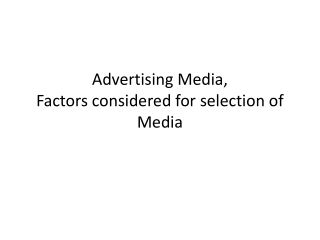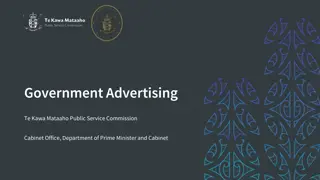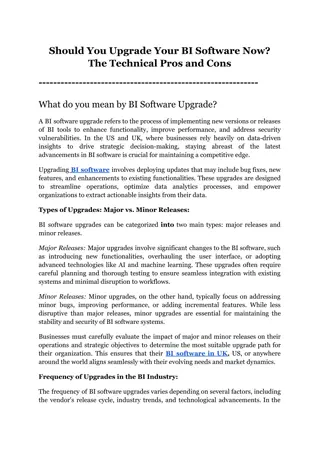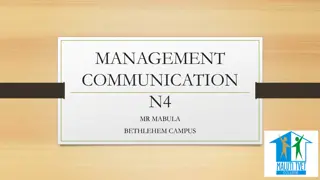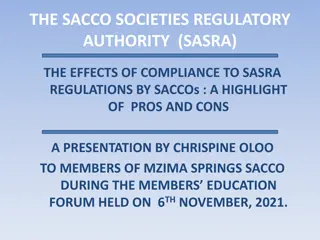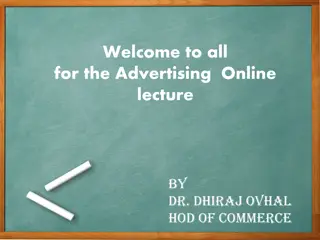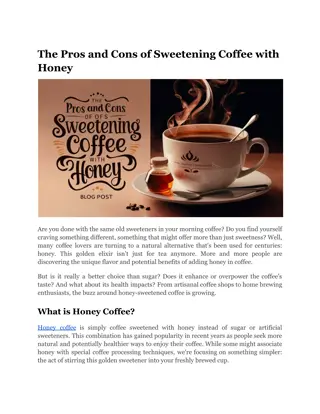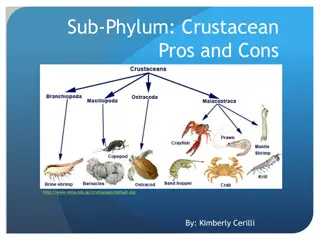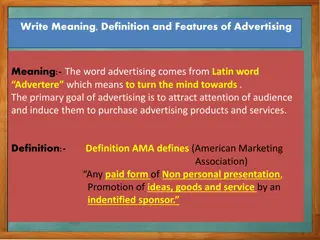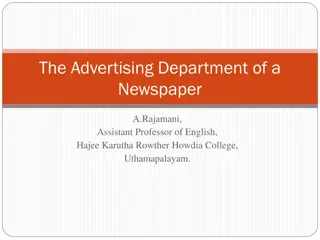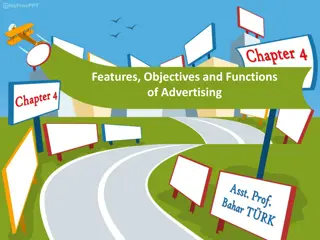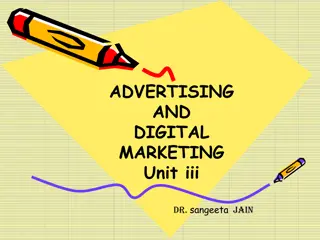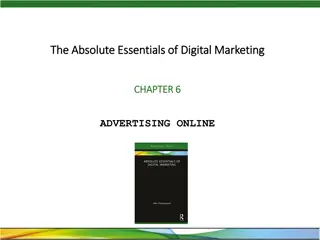
Effective Categories of Advertising Media: Print, Broadcast, Specialty, Online
Explore the various categories of advertising media, including Print, Broadcast, Specialty, and Online. Learn about the advantages and disadvantages of each medium such as Print Media, Magazine Advertising, Direct-Mail Advertising, Directory Advertising, Transit Advertising, and Outdoor Advertising.
Uploaded on | 8 Views
Download Presentation

Please find below an Image/Link to download the presentation.
The content on the website is provided AS IS for your information and personal use only. It may not be sold, licensed, or shared on other websites without obtaining consent from the author. If you encounter any issues during the download, it is possible that the publisher has removed the file from their server.
You are allowed to download the files provided on this website for personal or commercial use, subject to the condition that they are used lawfully. All files are the property of their respective owners.
The content on the website is provided AS IS for your information and personal use only. It may not be sold, licensed, or shared on other websites without obtaining consent from the author.
E N D
Presentation Transcript
Categories of Media (Mediums / Outlets) Media/Mediums are the agencies, means, or instruments used to convey advertising messages to the public. The fourgeneral categories of advertising media are: Print Broadcast Specialty Online
Print Media Is written advertising These are among the oldest and most effective forms of advertising. Forms of Print Media include: Newspapers, Magazines, Books, Brochures, Pamphlets, Mailings, Billboards
Magazine Advertising Consumer Magazines = read for personal pleasure or interest Business/Trade Magazines = appeal to certain groups of people ADVANTAGES DISADVANTAGES Target Market Have a longer life span Read slowly = More likely to be remembered Better print quality Variety of formats Less mass appeal More expensive Deadlines
Direct-Mail Advertising Junk Mail Sent directly to prospective customers Newsletters, coupons, catalogs, circulars Often enclosed with monthly bill Target market determined from current customer records, purchases ADVANTAGES Highly selective Wide choice of ad formats Can use incentives DISADVANTAGES Low level of response Seen as junk mail Customer lists get old High cost
Directory Advertising Telephone directories White Pages, Yellow Pages ADVANTAGES Relatively inexpensive Long life span DISADVANTAGES Not timely Do people still use it?
Transit Advertising Printed posters inside trains Exterior posters on taxis and buses Computerized Signs ADVANTAGES Wide audience DISADVANTAGES Unavailable in some areas Just transit routes
OUTDOOR ADVERTISING Nonstandardized = used by local businesses, placed outside their business or other locations in the local community Standardized = used by local, regional, or national advertisers; placed along roads, highways 1. Posters = billboards put up like wallpaper 2. Painted Bulletins = painted billboards 3. Spectaculars = outdoor ad signs using lights and moving parts; located in cities
Outdoor Advertising (cont.) ADVANTAGES DISADVANTAGES Highly visible Relatively inexpensive Restrictions Limited viewing time Unknown audience
Newspaper Advertising ADVANTAGES DISADVANTAGES Large number of readers High interest content Target ads to certain people Cost is relatively low Timing, timing, timing Wasted circulation Life is short Black and White format
Broadcast Media Includes Radio, Television The average person will spend nearly 10 years watching TV and 6 years listening to the radio over a lifetime. People are more likely to believe information they get from television than from print media Most EXPENSIVE FORM OF ADVERTISING
Television Advertising Most are 30 60 seconds Infomercials = 30 minutes ADVANTAGES DISADVANTAGES Highest production costs Audience is not assured DVR Demonstrate a product s features and benefits Can focus on a target market
Radio Advertising Reaches 96% of people over 12 15-, 30-, or 60-second time slots ADVANTAGES DISADVANTAGES Select audience Flexibility Taken anywhere Short life span High competition among radio stations Distractions
Online Advertising Banner Ads Google AdSense Pop-Ups Web Sites Social Media ADVANTAGES DISADVANTAGES Can measure hits Target market Seen as an annoyance Low response rates reported
Specialty Media Useful items with an advertisers name. Relatively inexpensive. Examples of Specialty Media include: calendars, bags, magnets, calculators, pens and pencils, memo pads, and key chains.
What is an Infomercial? Paid Programming Direct response television commercials which generally include a phone number or website. Long-form infomercials = 15 to 30 minutes+ in length Short-form infomercials = 30 to 120 seconds in length.


